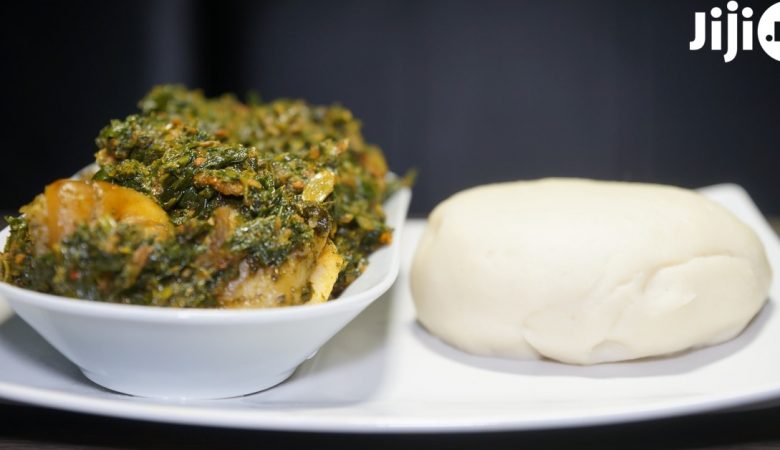The history of bead making in Africa goes far beyond using beads as jewelry – African beads have been used in trade, art, and many aspects of culture. That is why it’s important to know everything about the history of beads and how it reflects on modern life.
Find everything you need for fashion and style on Jiji
1. History of beads in Africa
The history of African traditional beads dates back to the ancient times: the first beads discovered on the African continent are believed to be 75,000 years old. Slightly newer beads, which are thought to be only 12,000 years old, have also been recently found. The first beads uncovered in African were egg shell beads, cowrie shell beads, and bone beads, which were used in a variety of ways, from a bride’s dowry to trading.
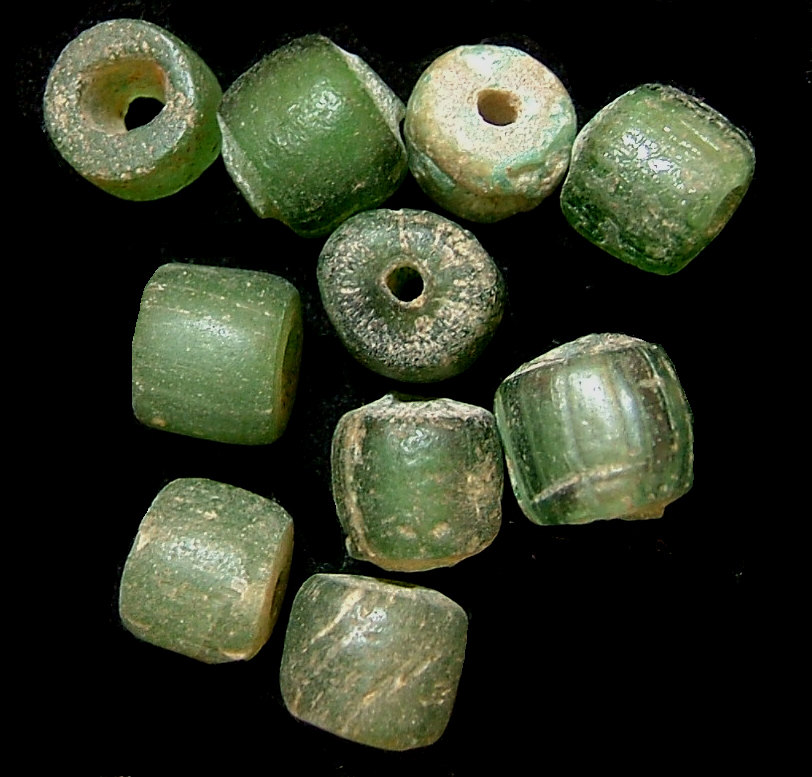
Around the 9th century African tribes started producing glass beads that have dominated the bead making industry for the next 7 centuries, although it wasn’t until the 12th century that glass bead production started to quickly spread across Africa.
Starting from the 16th century, explorers and traders brought two new kinds of beads to Africa – striped chevron and millefiori beads, also known as Venetian trade beads, which were mesmerizing with their fine work and detailing. These beads became very popular with African tribal chiefs and continued to rule the African bead market for the next 400 years.
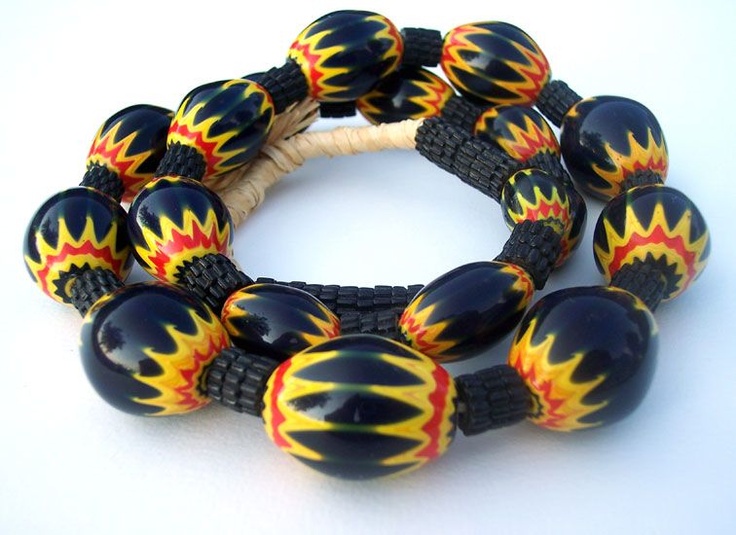
The period between the 1700s and the early 1900s marked the time that is now known as Africa’s Golden Trade Era. During this time the bead production and trade reached its highest levels, and millefiori and chevron beads became even more popular. After that African beads gradually lost their economic value and were resorted mostly to cultural uses – namely, weddings and ethnic clothing.
2. African beads designs
Like any other aspect of the rich and vibrant African culture, the bead designs you see in ethnic jewelry are never random – there is always meaning behind every shape and colour. Here is a guide to the different types of bead designs that are common in Nigeria and other African regions plus African beads symbolism.
Shell beads are among the oldest known types of beads. Made from cowrie and cone shells, these beads were used both as jewelry and as barter currency.
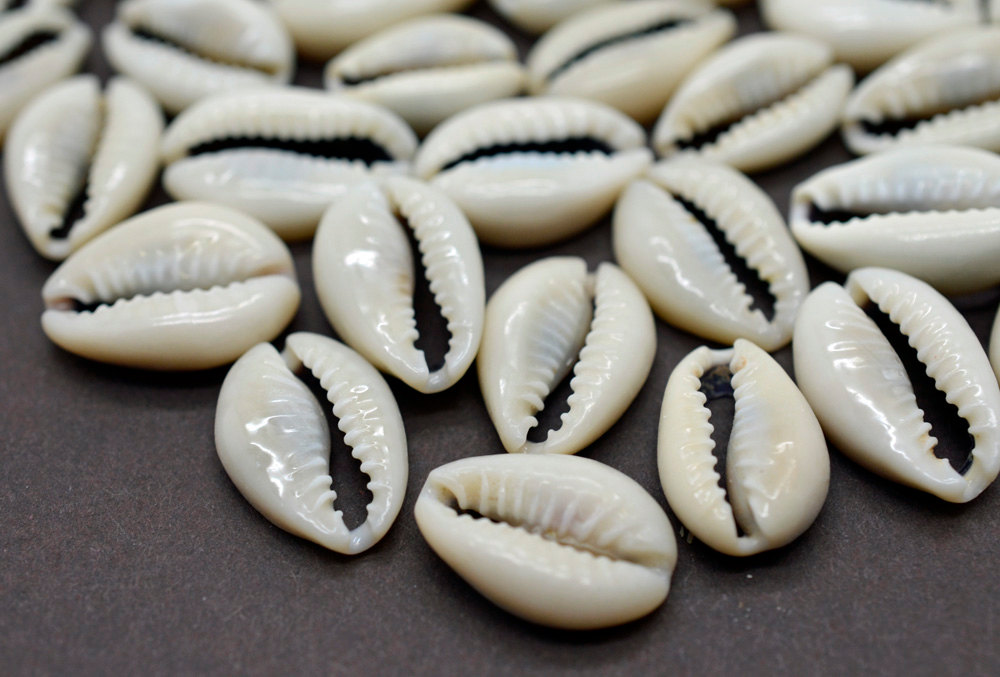
Terracota beads also had a double purpose back when they first became known – in addition to being used in clothing, these carefully produced beads from clay were also used as weights in the cotton thread spinning process.
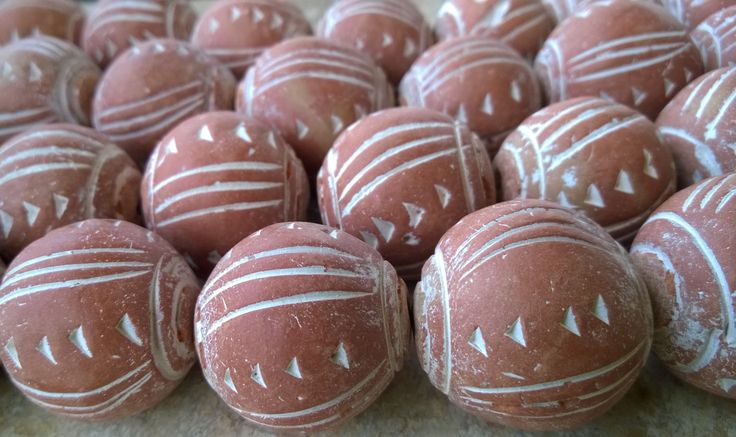
Snake vertebrae necklaces are, perhaps, the most famous type of African beads that originated in the Hausa tribe of Nigeria. This Nigerian beads necklace had a very important purpose – for centuries they were believed to grant protection against snakebites.

Venetian trade beads date back centuries ago and thanks to their unique look you can easily recognize them in the lineup of other African beads. Smooth, colourful and detailed – no wonder these beads have gotten so popular!
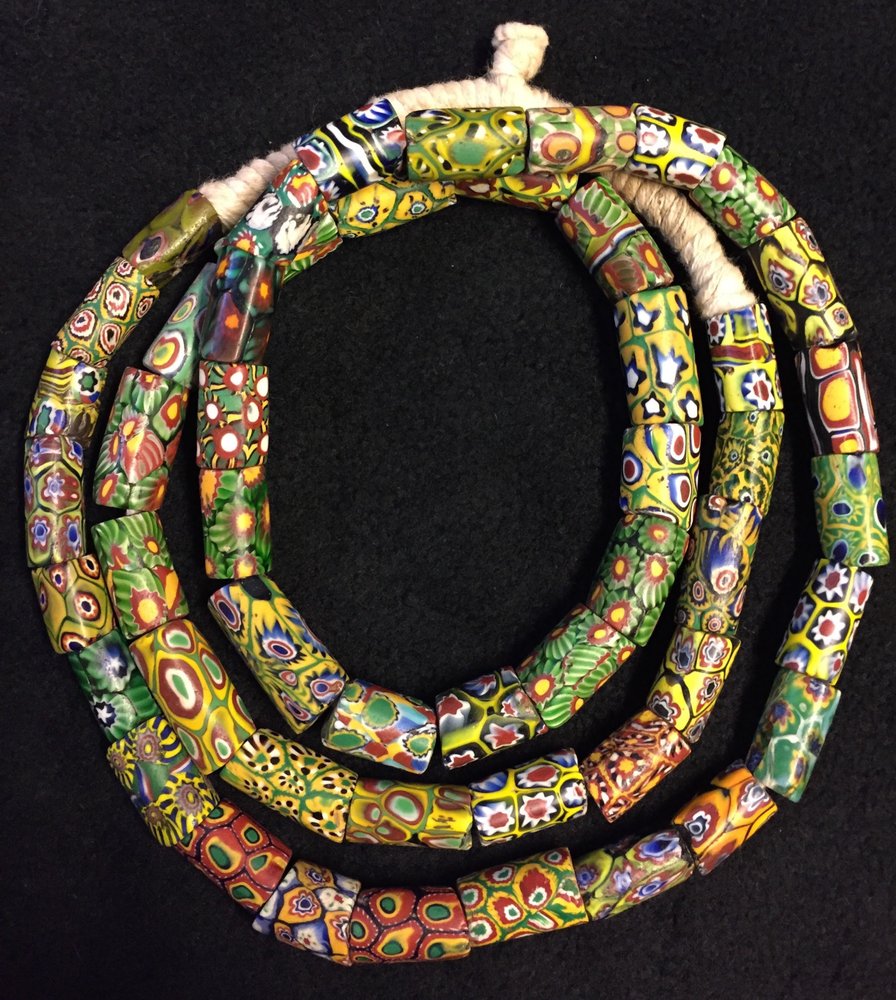
The delicate Nupe beads produced by the Nupe tribe in Nigeria consisted of several strings of equal-sized beads finished off with a brass coil. Elegant and beautifully done, these necklaces are still in high demand in Africa.

African wedding beads history cannot be imagined without the type of beads you’ll see at any traditional wedding in West Africa – the majestic coral beads. Out of all uses of beads in Nigeria, this one has gotten the most recognition and is known far beyond Nigerian borders.

Master the art of bead making on Jiji






